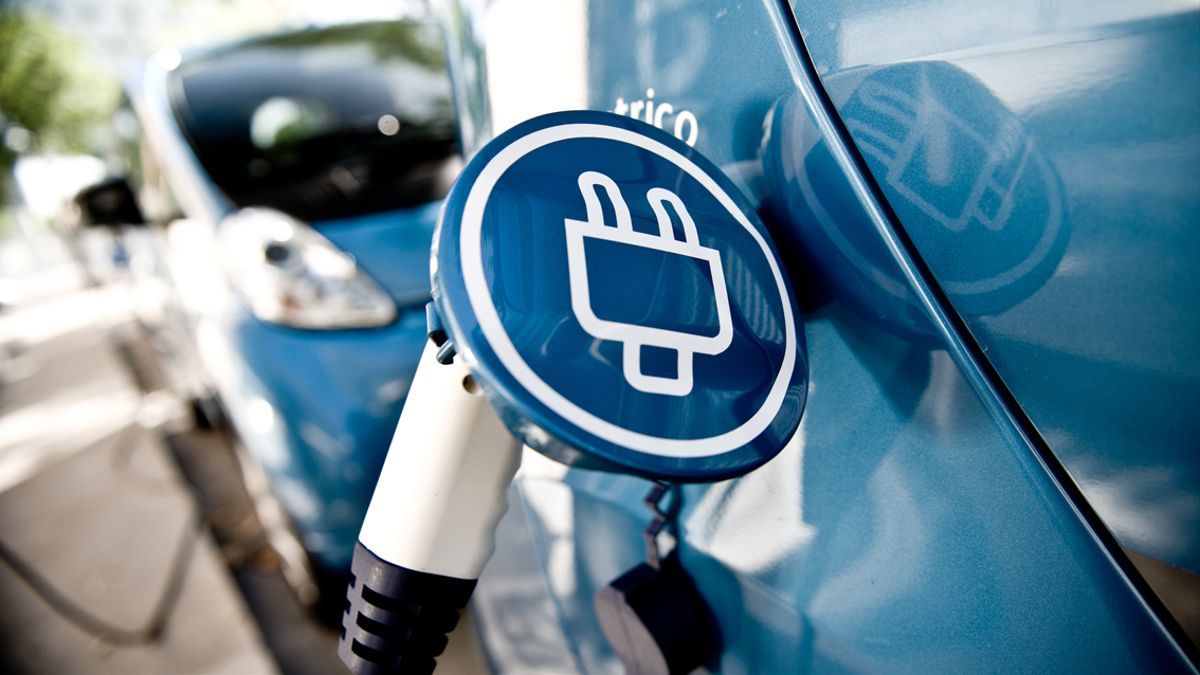Given the shortage of electronic chips, the builders gave priority to equipping the most lucrative models such as the electrified ones, although this type of vehicle has also been affected by the lack of semiconductors and could not withstand the great growth of 2020.
In the whole of 2021 in the European Union, sales of non-rechargeable hybrids (diesel or gasoline) grew by 60.5% year-on-year to 1.9 million sales, representing 19.6% of the market.
It is the same share as simple diesel cars, affected by the dieselgate scandal and heavy sanctions, whose sales fell by a third (-31.5%) on the continent, indicated the European Association of Automobile Manufacturers (ACEA) in a statement.
Sales of plug-in hybrids, equipped with a combustion engine and a small electric motor, also increased by 70.7% to 867,092 cars, accounting for 8.9% of the market.
“The hybrid has become the solution for manufacturers to reduce their average CO2 emissions”, pointed out Felipe Muñoz, from the Jato Dynamics cabinet.
Electricity sales continued their progression (+63.1%) to 878,432, which represents 9.1% of the market (against 1.9% in 2019 and 5.4% in 2020), driven by public aid to the purchase and the increasingly wide offer among manufacturers.
France and Germany, the two main markets, continued electrification, while Sweden, Ireland or Italy doubled sales of this type of vehicle.
Close to the European Union, the United Kingdom saw electric sales increase by 76%. And in Norway, 19 of the 20 best-selling models in January were electric, with a market share of 83.7%.
smaller markets like Romania or Greece They are moving in the same direction with the arrival of concessions for both high-end vehicles from the pioneer Tesla and cheaper models from other major manufacturers, he added.
Faced with plans by the European Commission to ban sales of combustion vehicles by 2035, most manufacturers have stepped up their supply and sales of electric and hybrid vehicles.
European leader Volkswagen doubled its sales of battery cars, between its ID4 SUV and ID3 compact. At Renault, hybrids and electrics accounted for 30% of its sales in 2021 against 17% in 2020. And Toyota sells 70% of its vehicles in Western Europe in a hybrid version.
The environmental association Transport & Environment welcomed these figures, but called for tougher targets from the European Commission.
“This unprecedented growth is undeniably the result of European emissions targets,” which limit vehicle emissions to 95 grams of CO2 per kilometer, Julia Poliscanova of T&E said in a statement.
“But these rules become less difficult for manufacturers to respect … Emissions rules must be more ambitious to prevent electric sales from finding themselves in the right lane again,” he said.
Source: Ambito
David William is a talented author who has made a name for himself in the world of writing. He is a professional author who writes on a wide range of topics, from general interest to opinion news. David is currently working as a writer at 24 hours worlds where he brings his unique perspective and in-depth research to his articles, making them both informative and engaging.




